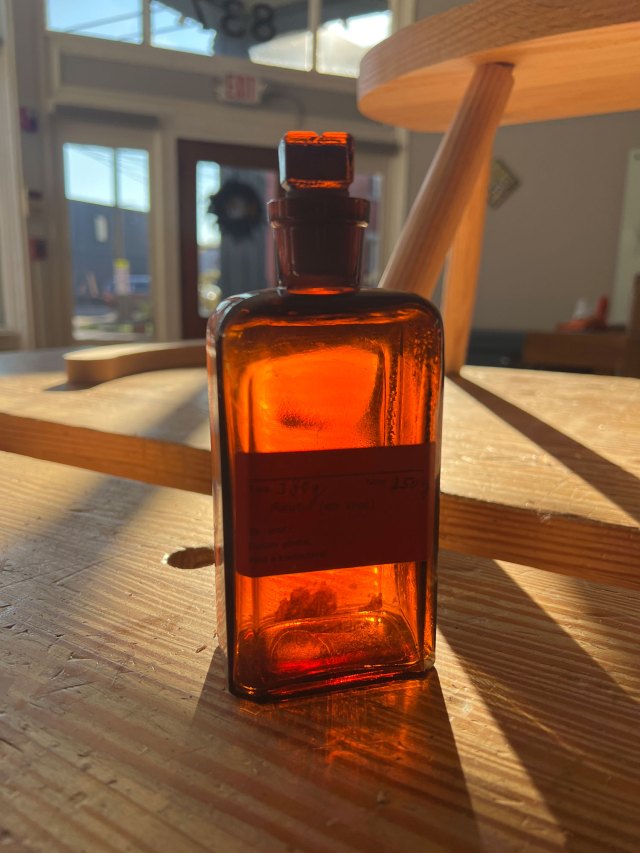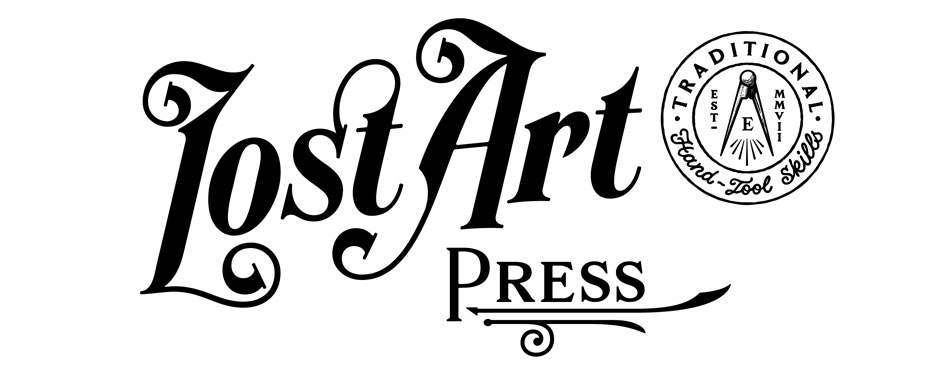
This entry is the sister to yesterday’s entry on our fancy plant mister. We found these vintage glass apothecary bottles and immediately bought some for shop liquids. We keep our backup supply of 50/50 water/alcohol potion in it.
The bottles are 7” tall and hold 250ml. The best part is that the bottle’s opening and its stopper are ground glass. So opening and closing the lid is a sensory pleasure (look, I know I’m weird).

The bottles are a dark brown glass. Ours came with an old pharmacy label on it that was covered in handwriting. Our bottle held Akutol, a first aid spray.
These bottles are gorgeous things that you don’t see much anymore.
OK, enough whimsy.
— Christopher Schwarz
To read previous entries in the gift guide, click here.





